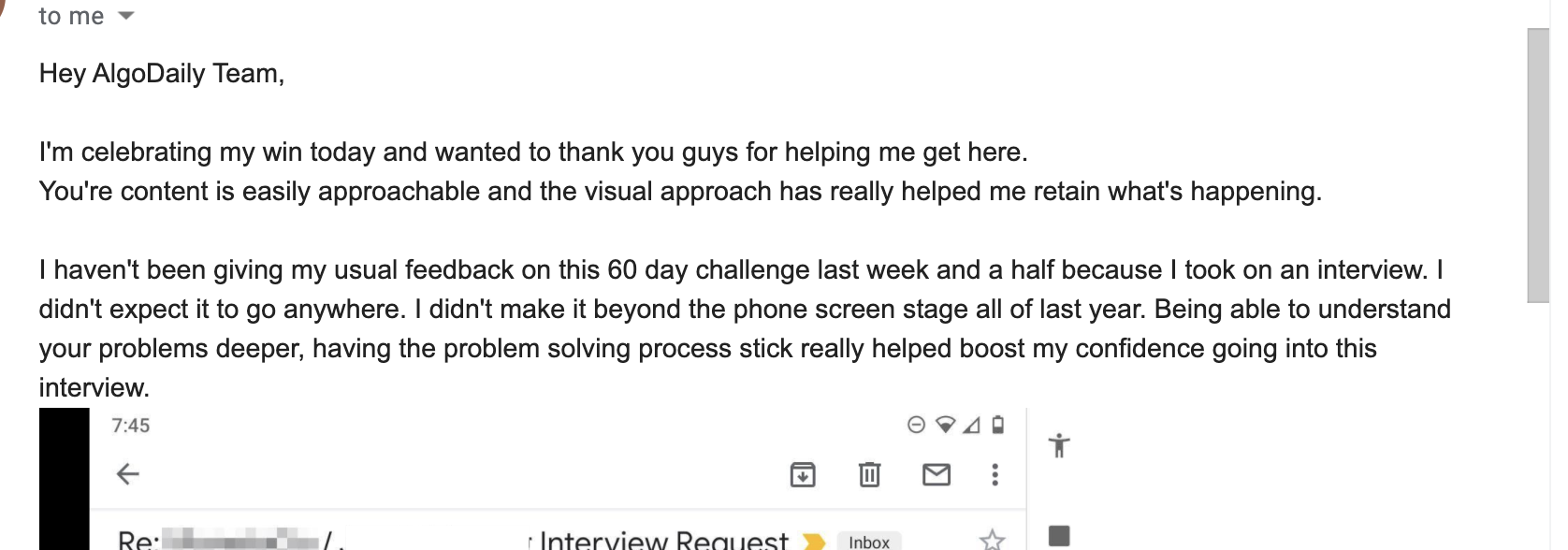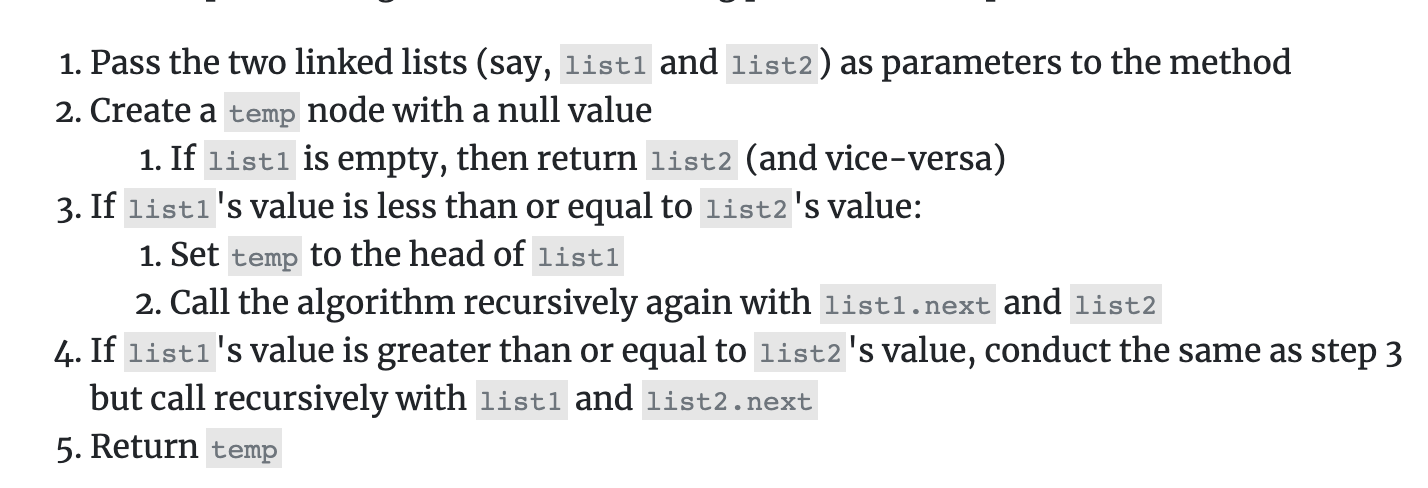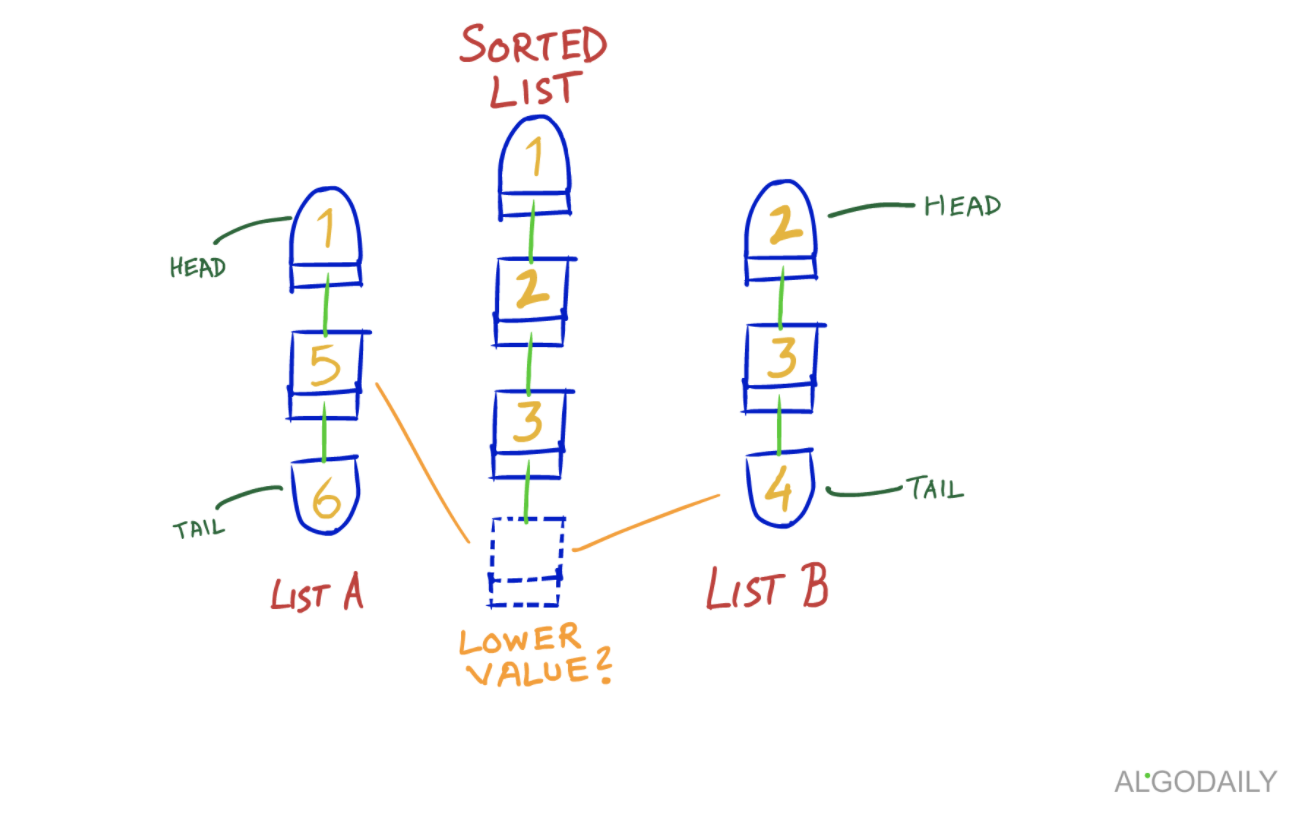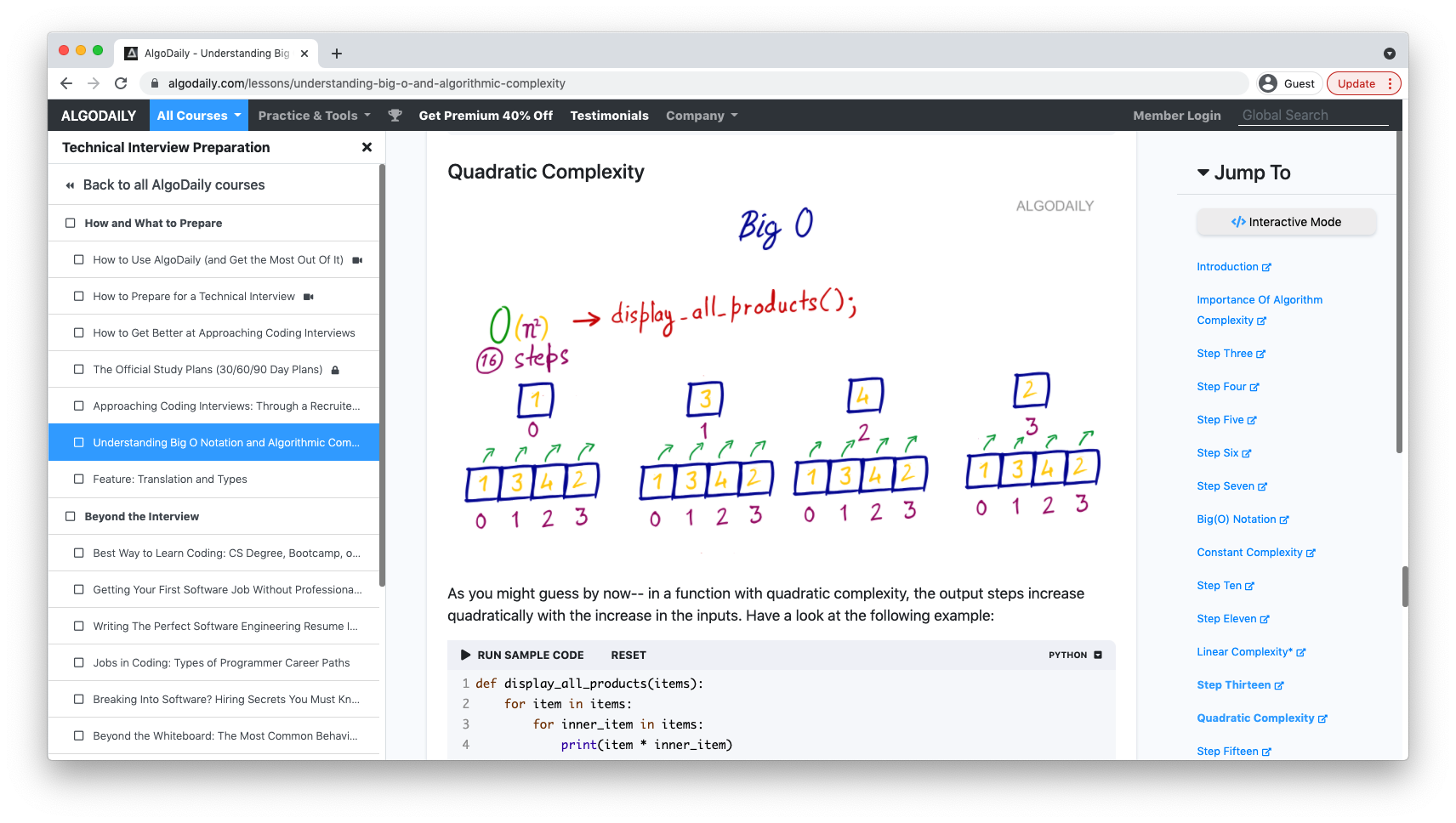New Tutorials: DB Isolation Levels, Counting Univalued Subtrees, Coloring Problem
By Team AlgoDaily on 2021-02-20 01:57:24 UTC
We continue to aggressively add content to help you land your dream job. Nothing fancy here: just go through the tutorials, do the work, and improve as a developer.
Database Isolation Levels - Data/information is important for anyone, and databases are responsible for holding that crucial information. Hence, the security, integrity, and consistency of all values within them must be ensured. For this purpose, databases should have some specific properties. This tutorial discusses one such property of them, that of isolation.
Counting Univalued Subtrees - We are given a binary tree. The challenge is to count all the univalued subtrees in the tree. Just to recall, a subtree is any node along with its descendants. The root and all its descendants form the entire tree. A univalued subtree is therefore a subtree in which all the nodes have the same keys.
The Two Coloring Graph Problem - Given a graph, can you use two colors to color each node of the graph, such that no two adjacent nodes have the same color?
These tutorials are free for now, but will eventually be exclusive to premium members. If you like our interactive, visual tutorials, consider getting lifetime access today at our discounted rate-- price goes up sharply Monday night.
New Free Tutorials: Google Architecture and Data Engineering Interviews
By Team AlgoDaily on 2021-02-02 02:02:51 UTC
Two more treats for you today, both tutorials resulting from direct requests by members in our 60 day crash course. We take feedback from students seriously, and are constantly working to fill in gaps that prevent us from being the most accessible coding interview course available.
How Do Search Engines Work? helps us understand how a search engine like Google works, so you can get a better sense of designing large knowledge graphs.
Data Engineering Interview Questions Cheat Sheet is exactly as it sounds-- it's a reference to data engineering, data engineering-specific interviews, and includes common questions you might see.
Both tutorials are free for now, but will eventually be exclusive to premium members. If you like our interactive, visual tutorials, consider getting lifetime access today at our discounted rate-- deal ends soon!
Landing an offer where he failed the phone screen
By Team AlgoDaily on 2021-02-02 02:01:54 UTC
We get success stories quite a bit in our team inbox, but this one is special. A student partipating in our 60 day crash course landed an offer at a company where he couldn't even pass the phone screen just a year prior!

We're obviously extremely excited to hear about his success, but what jumped out was how he accomplished this: he took "the visual approach".
Leetcode grinding works for a small subset of people, but most (especially non-traditional and junior engineers) will find it far more efficient TO DO FEWER PROBLEMS, and to develop the ability to gather a solution in their mind's eye. At the end of the day, all of coding is an exercise in abstractions-- these abstractions are further processed as images in our imagination.
For example, which is easier to understand and develop an intuition for-- this:

... Or this?

This isn't just the case if "you're a visual learner". Success in technical interviews requires being able to SEE the solutions in your head. You picture an array as boxes, or a hash map as buckets-- these images are what allow you to formulate a solution before writing a line of code.
That's why AlgoDaily focuses on illustrations. Beyond being nice to look at, our 500+ images and diagrams are very direct tools to help you understand material in a quarter of the time. If you like our interactive, visual tutorials, consider getting lifetime access today at our discounted rate. The price will continue to rise as we make it more valuable, so be sure to act today.
New Free Tutorials: O(n log n) sorts and Intro to Regex
By Team AlgoDaily on 2021-02-02 02:01:03 UTC
Two treats for you today, both tutorials resulting from direct requests by members in our 60 day crash course. We take feedback from students seriously, and are constantly working to fill in gaps that prevent us from being the most accessible coding interview course available.
Merge Sort vs. Quick Sort vs. Heap Sort is an exploration of the 3 most common types of O(n * log n) sorting algorithms. It's super important to know them well, since they serve as the foundation for many problem solutions and techniques.
An Interactive Introduction to Regular Expressions introduces regex in a simple, hands-on way. Learn the basics of this important and powerful tool in about 20 minutes!
Both tutorials are free for now, but will eventually be exclusive to premium members. If you like our interactive, visual tutorials, consider getting lifetime access today at our discounted rate.
CTPBO changed the game
By Team AlgoDaily on 2021-02-02 02:00:10 UTC
It's rare that you find one thing that solves your problems instantaneously. For me and coding interviews, that thing was the creation of the CTPBO method.
What is it? Find out in this free pre-recorded workshop on approaching coding interviews. I spell out why companies love DS&A questions and how to use CTPBO to conquer them.
You'll notice this method is exactly how we present every problem and explanation on AlgoDaily. Grab a year of premium access to get hundreds of problems explained in just the way you should approach them on interview day! If you're on the fence, check out our new testimonials section to see what others say.
We'll send you 100+ of the most common coding interview questions, once a day with visual explanations. Join over 53,000+ users who are doubling their salaries in 30 minutes a day.
Latest Posts
- Coding interview trends in 2024
- Managing your career in a downturn
- Gift: Steps for FAANGMULA in 2022
- How to prepare for interviews in 2022
- Your Favorite New Lessons of the Year
- Prep for an interview in hours, not weeks or months
- A system to pass any technical interview
- Systems Design (and Everything?) Daily
- New Premium Feature: Systems Design Daily
- These courses are now free
- Do this to take advantage of the 2021 developer shortage
- Technical Interview Flash Cards
- Why we're headed in a new direction
- New Features: Export Your Solutions in Bulk, Translate and Read Tutorials, Clip Notes
- 🎉 These Concepts Can Get You Into FAANG
- New Tutorials: DB Isolation Levels, Counting Univalued Subtrees, Coloring Problem
- New Free Tutorials: Google Architecture and Data Engineering Interviews
- Landing an offer where he failed the phone screen
- New Free Tutorials: O(n log n) sorts and Intro to Regex
- CTPBO changed the game
- Hands Down the Best Systems Design Resource?
- Last call to join 60 Day Crash Course + FAQ
- 🆕 This will help you master systems design
- To Make Progress, Start By Breaking It Up
- How An Engineer Made $3 billion After being Rejected by Facebook
- Tech Skills That Will Be in High Demand in the Next Few Years
- What I Didn't Expect to Learn From Running My Side Hustle
- Does Studying For Whiteboard Interviews Make You A Better Engineer?
- Debugging Abstractions: The Benefits of Mindfulness for Software Engineers
- The Power Law and Your Career
- What Programmers Can Learn From Rappers
- $60k to Learn to Code, And Why I Built a Leaderboard for AlgoDaily
- Forget Thought Leaders, Seek Out People Who've Actually Done Shit
- How to Consume Books In Whatever Way You Want
- You Have Plenty of Time
- What The Everything Store Revealed About Jeff Bezos's Path to Building a Tech Giant
Ready for your dream job?
Welcome to the most accessible guide to technical interviews. AlgoDaily was created to be a gentle, visual introduction to patterns around solving data structures and algorithms challenges.

We believe that technical interviews are a matter of practicing well. We've referenced hundreds of resources on habit change, education design, and algorithms to design the best and most streamlined learning experience.